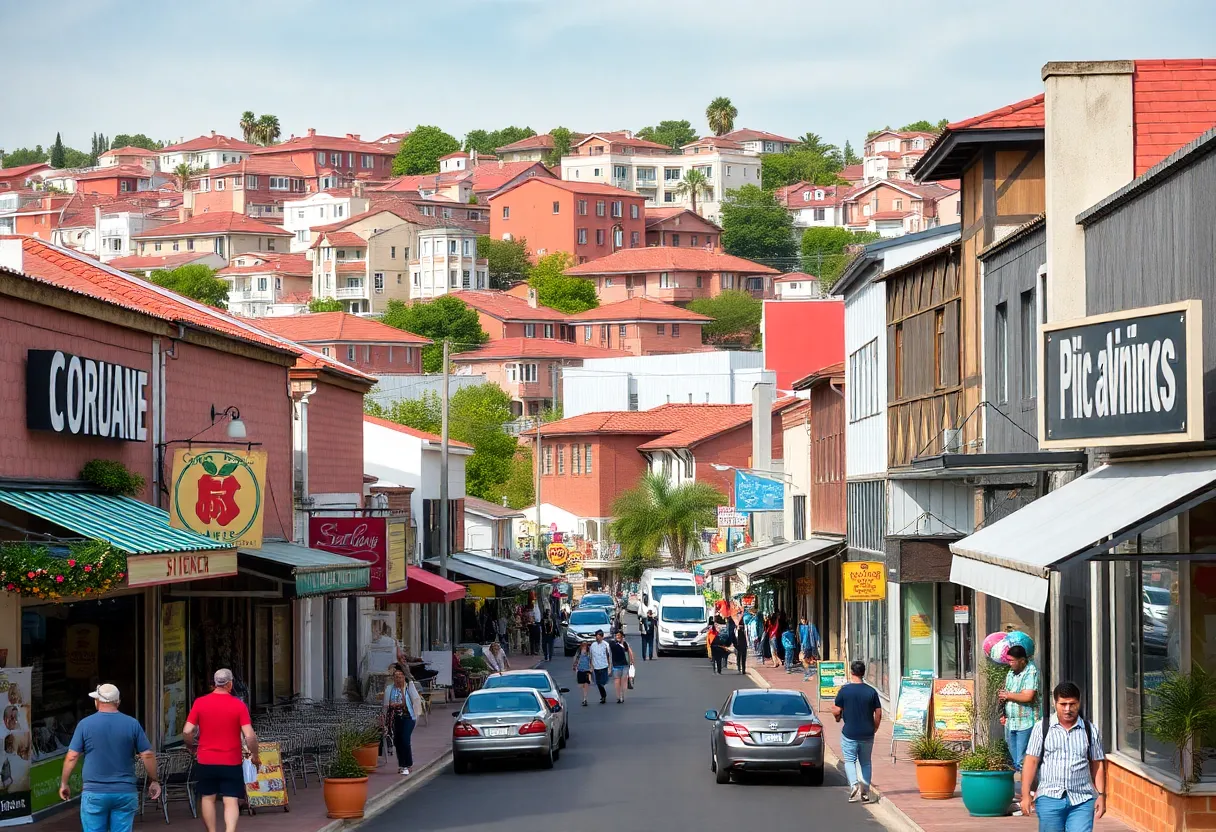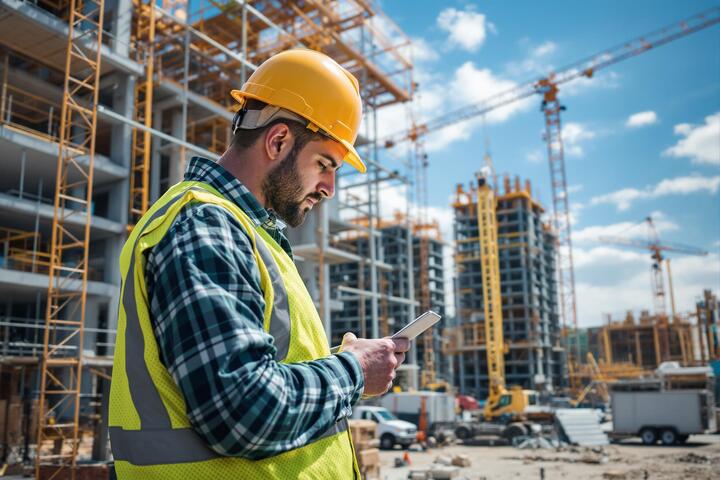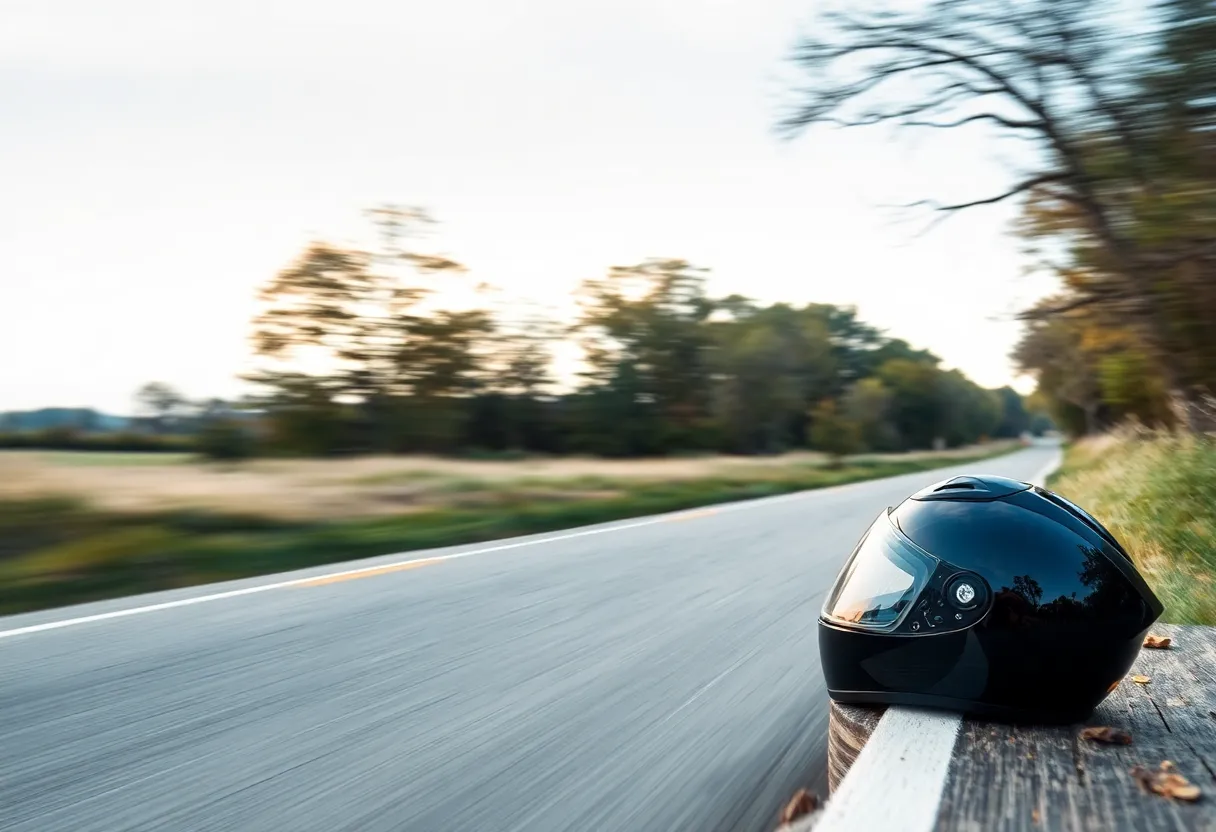News Summary
Irmo, SC, is experiencing significant retail growth, transforming into a bustling shopping hub. However, its population remains stagnant at around 12,000 for three decades, presenting challenges in housing development and community resistance to change. Local leaders are addressing these issues while balancing the town’s character and future growth plans, such as the new Vision 2035 initiative aimed at sustainable development.
Irmo Faces Population Growth Challenges Amid Retail Thriving
Welcome to Irmo, a town that has experienced both growth and stagnation in recent years. For those who know it well, like Chris Williams, who came to Irmo as a young boy back in the early 1990s when Harbison Boulevard was still finding its footing, it’s been quite a journey. Fast forward nearly three decades, and you will find Irmo transformed into a bustling shopping destination complete with big box stores, making it a prime location for retail.
A Shopping Hub with Traffic Woes
But wait—what’s that? The signature Harbison Boulevard is now a hotspot for shoppers heading to popular spots like Columbiana Mall, Target, and TJ Maxx. While this may sound like a win for business, it has brought about major traffic congestion, leaving residents frustrated as they navigate through the crowds. The influx of shoppers might bring in sales tax revenue, but the town’s reliance on business permit fees and local sales taxes—which account for over one-third of its funding—has not resulted in the same growth for Irmo’s population.
Stagnation in Numbers
In fact, while the retail sector is booming, Irmo’s population has remained stagnant at around 12,000 residents for three decades. Back in 1990, the population was roughly 11,400, increasing by only 600 residents by 2023. With challenges like limited land for new developments, outdated infrastructure, and resident resistance to dense housing, the lack of population growth paints a surprising picture against a backdrop of local economic vitality.
Hurdles in Housing Development
Irmo is a cozy seven square miles, and development options are dwindling fast. In the last 12 years, about 400 homes were added to the town’s landscape, while neighboring communities like Chapin and Ballentine are seeing much stronger residential growth. This sluggish pace of housing development poses serious challenges that many local leaders, including the newly elected mayor, are eager to address. They view providing adequate housing as one of the most pressing issues in the town.
Community Resistance
One of the significant challenges in adding more housing is the community’s mixed feelings about change. The town government has approved just one new housing subdivision recently, with another ambitious project proposed to include 550 mixed-use units. However, the worry about preserving Irmo’s character means many new proposals face resistance from locals. There’s an inherent skepticism about how new developments might affect infrastructure and services, particularly fire and police, which are already under strain.
Growing Pressure from Adjacent Areas
Inevitably, nearby areas are pursuing strong population growth, collectively welcoming about 91,000 new residents since 2010. It’s clear that if Irmo wants to stay relevant, it must find a way to boost its housing stock. Urban planning experts suggest that without new housing, home prices will keep rising, creating a demand that strains the town’s available resources.
Strategies for Sustainable Growth
And therein lies the rub—many feel that current strategies react more to problems than they proactively address them. Traffic congestion remains a huge issue with daily vehicle counts ranging from 8,800 to 18,000. The state Department of Transportation is stepping in with major infrastructure projects aimed at easing traffic woes. In a bid for proactive management, Lexington County has even adopted concurrency rules to better tackle the challenges posed by new developments.
Vision 2035: A Plan for the Future
In response to these pressing issues, Irmo is launching its new Vision 2035 plan, which seeks to create a roadmap for future growth and development while staying in tune with the community’s desire for preservation. The plan aims to outline zoning regulations and diverse housing options, which include requests for more walkable areas with mixed-use developments. It’s a challenge, balancing growth with the community sentiment, but local officials recognize that responsible growth is essential for sustaining the community’s vibrancy.
In summary, Irmo stands at a crossroads. On one hand, the town enjoys a burgeoning retail scene; on the other, it grapples with stagnant population growth and community pushback on new developments. As the town moves forward, it’s clear that the balance of growth, character, and sustainability will dictate Irmo’s future.
Deeper Dive: News & Info About This Topic
HERE Resources
Charleston Residents Concerned About Rapid Growth and Infrastructure Strain
Columbia Implements Free Microchipping for Pit Bulls
Raleigh Crowned America’s Top Large City for 2025
University of Minnesota Graduate Student Detained by ICE
Power Restoration Efforts Underway in the Carolinas
Cayce City Council Considers Redistricting and Drainage Solutions
Raleigh Named Best-Performing Large City for Economic Growth
Columbia, SC Faces Furry Crisis: Community Needed to Help
South Carolina Plans $150 Million Investment in Infrastructure
Rising Concerns Over Medicaid Funding Cuts Spark Anxiety Among Residents
Additional Resources
- The State: Irmo Faces Population Growth Challenges Amid Retail Thriving
- Wikipedia: Population Growth
- Post and Courier: Irmo Vision 2035
- Google Search: Irmo SC population growth
- Lexington Chronicle: Where Population Growth Is Booming
- Encyclopedia Britannica: Sustainable Development
- WLTX: Community Program Helps Feral Cats in the Midlands
- Google News: Irmo traffic issues








